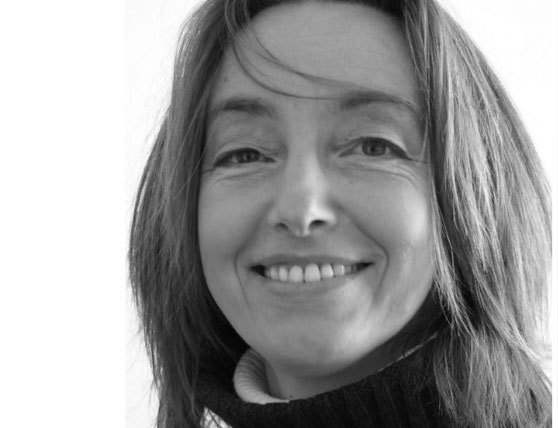
About Malgorzata
Małgorzata Albińska-Frank is a Polish sound engineer and music producer. She studied music production and sound design at the Fryderyk Chopin music academy in Warsaw. After graduating from high school in 1989, she began her career as a freelance sound engineer, recording manager and music producer – first in Warsaw, then in Switzerland and Germany. Since 1993, she has been teaching recording techniques at the FHNW Academy of Music in Basel, Switzerland, where she also lives.
Due to her fascination for classical music, acoustics and the acoustic sound of instruments, she has become specialized in the recording and production of music from the Middle Ages as well as classical and contemporary music. In 1995, she opened her own recording studio, arton, in Basel.
She works together with renowned musicians for various music companies, labels, festivals and radio stations. Apart from her competencies, her customers especially value her sensitive auditory capabilities, sensibility for timbre and sound design as well as her artistic capabilities.
Her recordings are characterized by a high quality of sound and musicality.